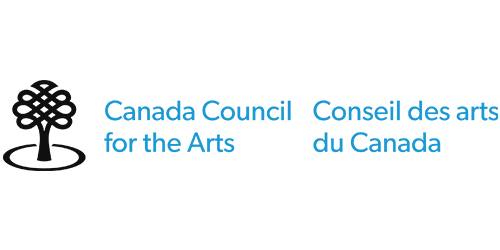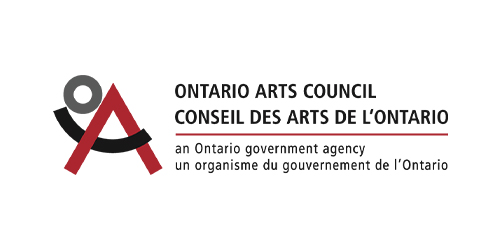Live performance: May 5, 2022 at 7:30pm at Massey Hall, Toronto
Online premiere: May 6, 2022 at 7:30pm ET
Johann Sebastian Bach
Mass in B Minor
Directed by Masaaki Suzuki
Joanne Lunn, soprano
Tim Mead, countertenor
Thomas Hobbs, tenor
Jonathon Adams, baritone
Tafelmusik Chamber Choir
Tafelmusik Baroque Orchestra
There will be a 20-minute intermission between the Missa and the Symbolum Nicenum
Tafelmusik Chamber Choir
Ivars Taurins, director
Soprano
Katy Clark, Jane Fingler, Francine Labelle, Roseline Lambert, Carrie Loring, Teresa Mahon, Meghan Moore, Susan Suchard, Sinéad White
Alto
Kate Helsen, Alex Hetherington, Simon Honeyman, Valeria Kondrashov, Peter Mahon, Jessica Wright
Tenor
Paul Jeffrey, Will Johnson, Robert Kinar, Cory Knight, Kevin Myers
Bass
Alexander Bowie, Parker Clements, Nicholas Higgs, Alan Macdonald, Graham Robinson, David Yung
Rehearsal accompanist
Andrei Streliaev
Tafelmusik Baroque Orchestra
Violin I
Geneviève Gilardeau (leader & violin soloist), Elizabeth Loewen Andrews, Chistopher Verrette, Julia Wedman
Violin II
Patricia Ahern, Louella Alatiit, Joseph Lanza, Cristina Zacharias
Viola
Brandon Chui, Matt Antal, Patrick G. Jordan
Violoncello
Keiran Campbell, Matt Zucker
Double bass
Pippa Macmillan
Flute
Grégoire Jeay, Alison Melville
Oboe/Oboe d’amore
John Abberger, Marco Cera, Gillian Howard
Bassoon
Dominic Teresi, Georgeanne Banker
Horn
Pierre-Antoine Tremblay
Trumpet
Kathryn Adduci, Shawn Spicer, Norman Engel
Timpani
Ed Reifel
Organ
Charlotte Nediger
Guest artists
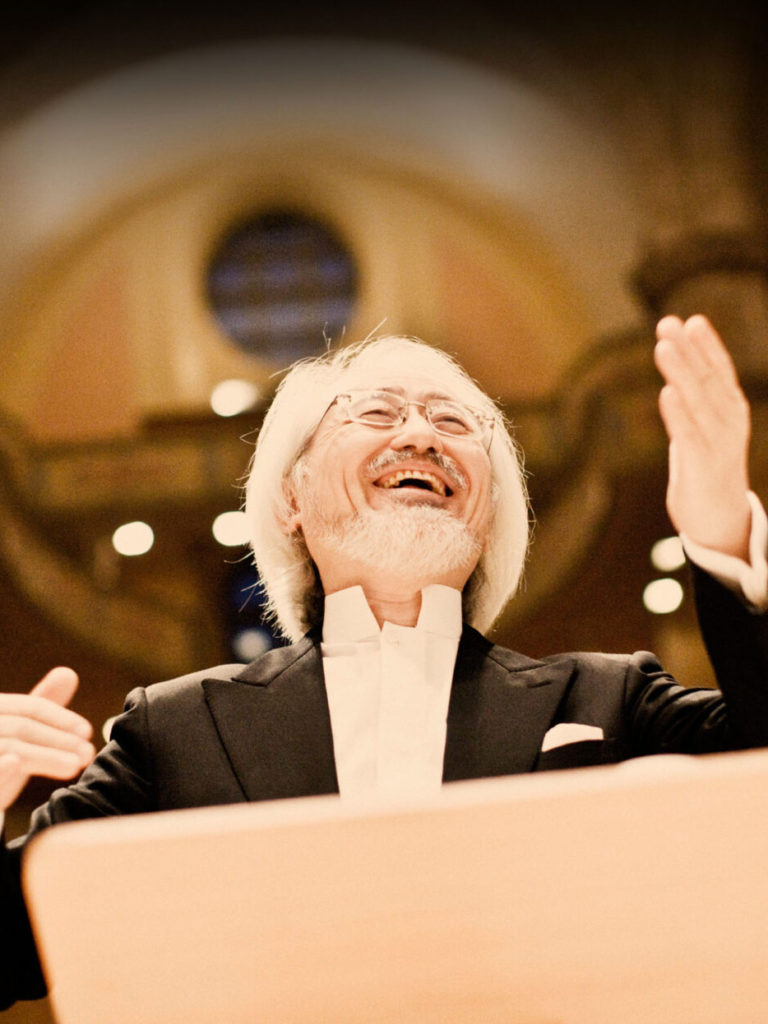
Masaaki Suzuki
Director
Since founding Bach Collegium Japan in 1990, Masaaki Suzuki has established himself as a leading authority on the works of Bach. He has remained their Music Director ever since, taking them around the world and establishing an outstanding reputation for the expressive refinement and truth of his performances.
In addition to working with renowned period ensembles such as Orchestra of the Age of Enlightenment and Phiharmonia Baroque, Suzuki has been invited to conduct repertoire as diverse as Brahms, Britten, Fauré, Mahler, Mendelssohn, and Stravinsky with orchestras such as the Barian Radio, Danish National Radio Symphony, Gothenburg Symphony, New York Philharmonic, and the San Francisco, Sydney, and Yomiuri Symphony Orchestra. Masaaki Suzuki combines his conducting career with his work as organist and harpsichordist.
Suzuki’s impressive discography on the BIS label, featuring all of Bach’s major choral works as well as the complete church cantatas and complete works for harpsichord, has brought him many critical plaudits. In 2012 Suzuki was awarded with the Leipzig Bach Medal, and in 2013 the Royal Academy of Music Bach Prize. In April 2001, he was decorated with the Order of Merit of the Federal Republic of Germany.
Masaaki Suzuki made his debut with Tafelmusik in 2018, conducting Bach’s St Matthew Passion, and we’re thrilled to have him back.
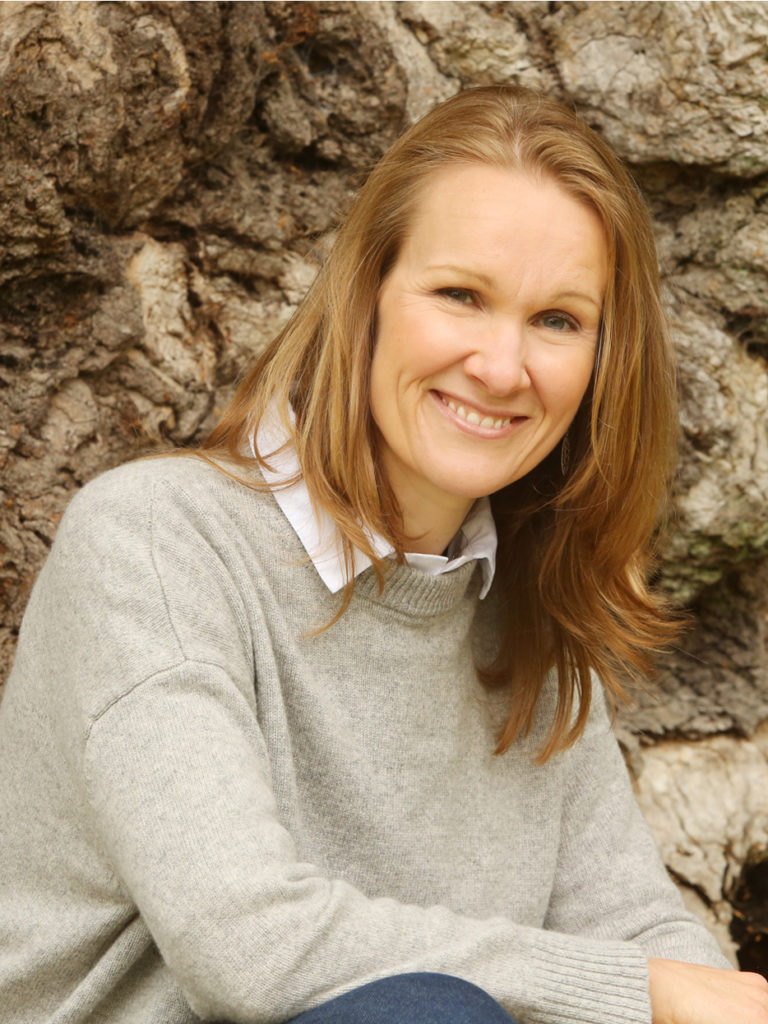
Joanne Lunn
Soprano
Joanne Lunn is one of Britain’s leading baroque sopranos, in great demand throughout Europe, the US, and Asia, and known and respected for her warm sound, impressive coloratura, and attention to the words. Bach is a real love and joy for her in her career. She was part of the Bach Cantata Pilgrimage in the year 2000 with John Eliot Gardiner and now regularly works with groups such as Bach Collegium Japan, The Dunedin Consort, Tafelmusik, and Concerto Copenhagen—with whom she recorded Bach’s St John Passion in April 2021. Highlights of this season include several performances of Bach’s Mass in B Minor (Knabenchor Hannover, Oregon Bach Festival, and Tafelmusik), as well as Steffani’s La Lotta d’Hercole (Musica Alpa Ripa Hannover), Monteverdi’s Vespers at London’s Wigmore Hall (La Nuova Musica), Bach’s Christmas Oratorio (Concerto Copenhagen), Mozart Requiem (Warsaw Philharmonic Orchestra), and a US tour of Bach cantatas with the Dunedin Consort.
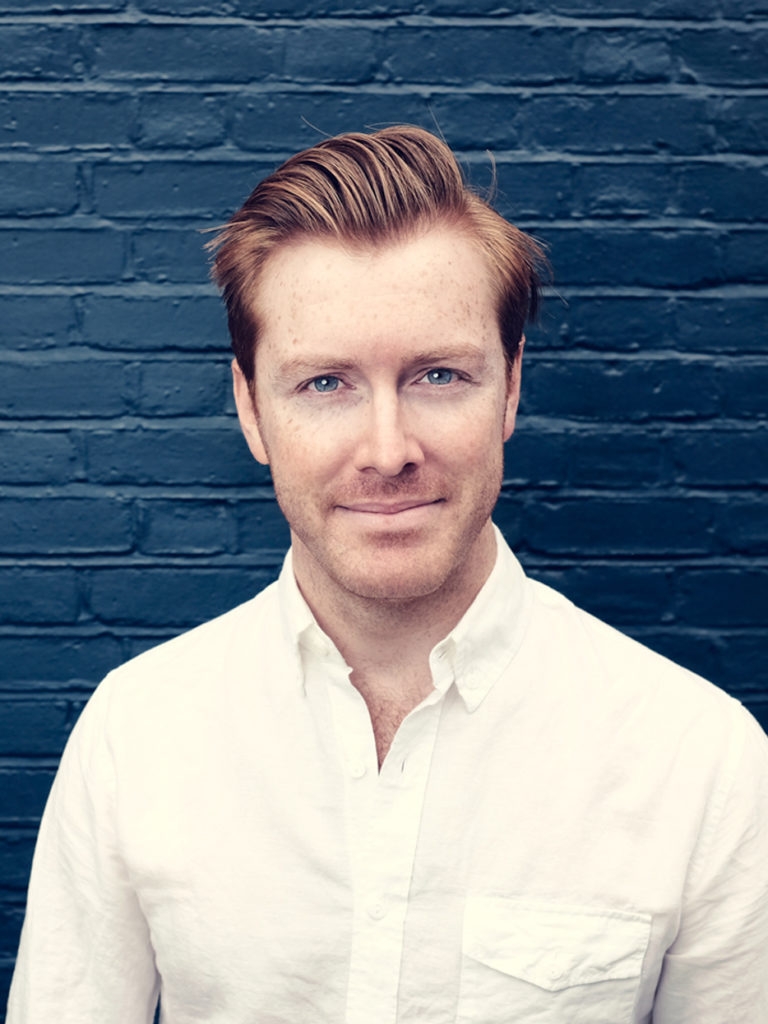
Tim Mead
Countertenor
Highlights of the British tenor Tim Mead’s 2021-22 season include Handel Messiah with the Royal Scottish National Orchestra, English Chamber Orchestra, La Chapelle Harmonique, Royal Northern Sinfonia, and Wrocław Baroque Orchestra, Bach St Matthew Passion with Collegium Vocale Gent, and Bach cantatas with Arcangelo, La Folia Barockorchester, and the Gabrieli Consort. Recent highlights include the BBC Proms, Los Angeles Philharmonic, and tours with The English Concert (Asia) and Le Concert d’Astrée (Europe). Recent appearances on the opera stage include Royal Opera House, Glyndebourne, English National Opera, Teatro Real (Madrid), Bergen National Opera, Opéra National de Paris, Opera Vlaanderen, and Opera Philadelphia. Recent additions to his discography include Pergolesi Stabat Mater and Bach cantats with La Nuova Musica, and Purcell Songs with Les Musiciens de Saint-Julien.
Tim Mead read Music as a choral scholar at King’s College, Cambridge, before continuing his vocal studies at the Royal College of Music.
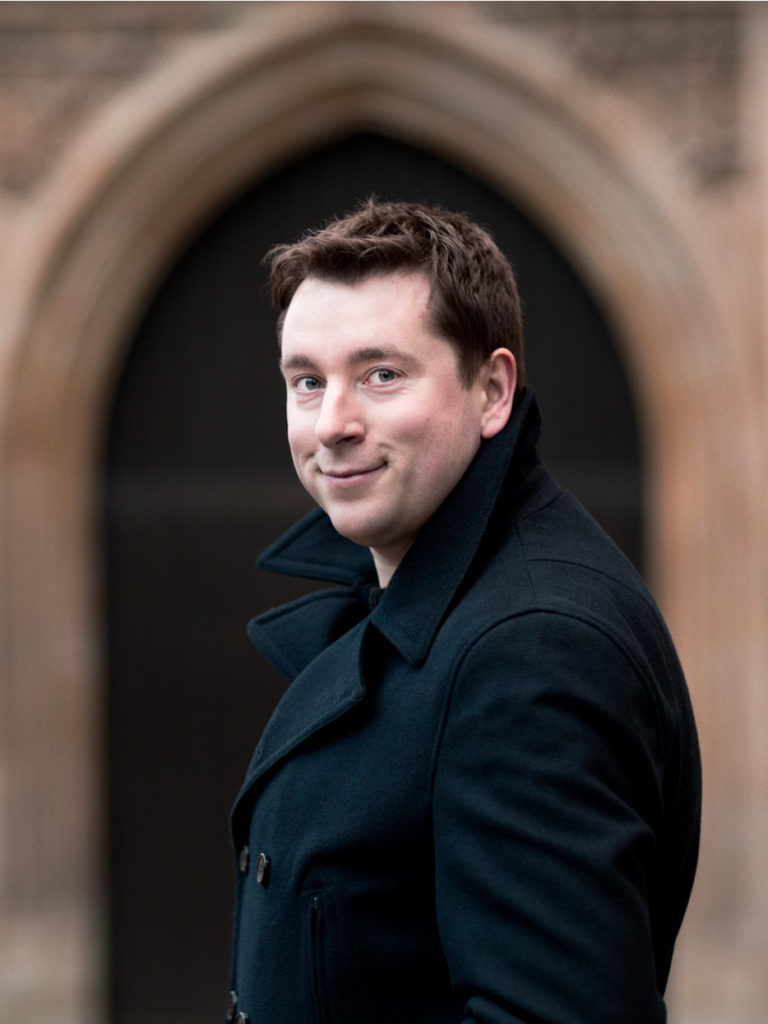
Thomas Hobbs
Tenor
British tenor Thomas Hobbs is in high demand with many leading baroque and early music ensembles. Highlights of this season include numerous performances of Bach: cantatas with Gli Angeli Geneva, Netherlands Bach Society, Les Arts Florissants, and others; Christmas Oratorio with Concerto Copenhagen, and St Matthew Passion, with Il Gardellino and Bach Collegium Japan. Recent highlights include various projects with Collegium Vocale Ghent (Herreweghe), Academy of Ancient Music, Australian Chamber Orchestra, Les Violons du Roy, and Scottish Chamber Orchestra. Opera roles include Telemachus in The Return of Ulysses for English National Opera conducted by Jonathan Cohen, Apollo and Shepherd in Monteverdi’s Orfeo with Richard Egarr and the Academy of Ancient Music, the title role in Albert Herring, and Ferrando in Così fan tutte. His extensive discography includes Bach B-Minor Mass with both Collegium Vocale Gent and Dunedin Consort.
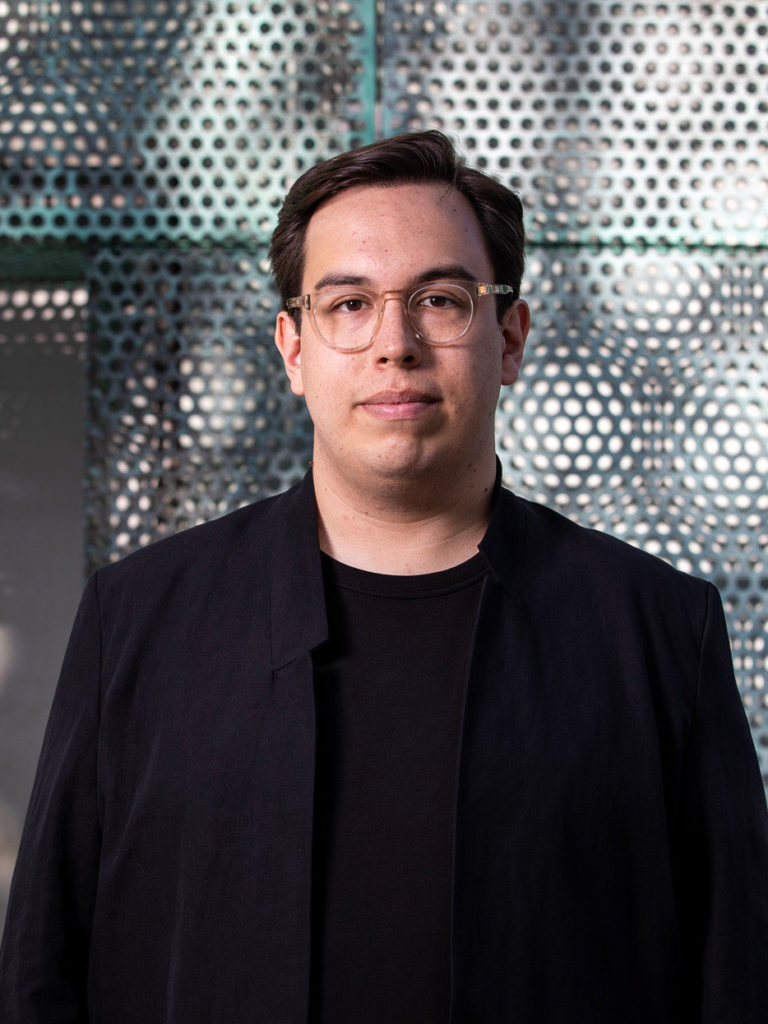
Jonathon Adams
Baritone
Born in amiskwaciwâskahikan (Edmonton, Alberta), Jonathon Adams is a Cree-Métis baritone. They have appeared as a soloist with Philippe Herreweghe, Sigiswald Kuijken, Vox Luminis, Servir Antico, and B’Rock Orchestra at Opera-Ballet Flanders. In 2021 Jonathon was named the first ever artist-in-residence at Early Music Vancouver. They are also featured in the film MESSIAH/COMPLEX created by Against the Grain Theatre and the Toronto Symphony Orchestra.
Future solo engagements include performances with the New York Philharmonic and the San Francisco Symphony under Masaaki Suzuki, Tafelmusik, Les Délices, il Gardellino, TENET Vocal Artists, Washington Bach Consort, the Toronto and Vancouver Bach Festivals, and the Portland Baroque Orchestra.
Jonathon attended The Royal Academy of Music and the Conservatorium van Amsterdam, and studied with Nancy Argenta, Emma Kirkby, and Edith Wiens. In addition to performing, Jonathon offers an annual workshop for singers at the Lunenburg Academy of Music Performance in e’se’katik (Lunenburg, Nova Scotia).
Text & Translation
MISSA
| Coro Kyrie eleison. Duetto Christe eleison. Coro Kyrie eleison. Coro Gloria in excelsis Deo. Et in terra pax hominibus bonae voluntatis. Aria Laudamus te, benedicimus te, adoramus te, glorificamus te. Coro Gratias agimus tibi propter magnam gloriam tuam. Duetto Domine Deus, Rex coelestis, Deus Pater omnipotens. Domine Fili unigenite Jesu Christe altissime. Domine Deus, Agnus Dei, Filius Patris. Coro Qui tollis peccata mundi, miserere nobis. Qui tollis peccata mundi, suscipe deprecationem nostram. Aria Qui sedes ad dextram Patris, miserere nobis. Aria Quoniam tu solus sanctus, tu solus Dominus, tu solus altissimus, Jesu Christe. Coro Cum Sancto Spiritu in gloria Dei Patris, amen. | Chorus Lord, have mercy. Duet Christ, have mercy. Chorus Lord, have mercy. Chorus Glory be to God in the highest. And on earth peace to men of good will. Aria We praise thee, we bless thee, we worship thee, we glorify thee. Chorus We give thanks to thee for thy great glory. Duet Lord God, heavenly King, God the Father almighty. O Lord, the only-begotten Son Jesus Christ most high. Lord God, Lamb of God, Son of the Father. Chorus Thou that takest away the sins of the world, have mercy upon us. Thou that takest away the sins of the world, receive our prayer. Aria Thou that sittest at the right hand of the Father, have mercy upon us. Aria For thou only art holy, thou only art the Lord, thou only art the most high, Jesus Christ. Chorus With the Holy Ghost in the glory of God the Father, amen. |
SYMBOLUM NICENUM
| Coro Credo in unum Deum, Patrem omnipotentem, factorem coeli et terrae, visibilium omnium et invisibilium. Duetto Et in unum Dominum Jesum Christum, Filium Dei unigenitum, et ex Patre natum ante omnia saecula. Deum de Deo, lumen de lumine, genitum non factum, consubstantialem Patri, per quem omnia facta sunt. Qui propter nos homines et propter nostram salutem descendit de coelis. Coro Et incarnatus est de Spiritu Sancto ex Maria virgine, et homo factus est. Cruxifixus etiam pro nobis sub Pontio Pilato, passus et sepultus est. Et resurrexit tertia die, secundum scriptuas; Et ascendit in coelum, sedet ad dextram Dei Patris, et iterum venturus est cum gloria judicare vivos et mortuos, cujus regni non erit finis. Aria Et in Spiritum Sanctum, Dominum et vivificantem, qui ex Patre Filioque procedit; qui cum Patre et Filio simul adoratur et conglorificatur; qui locutus est per Prophetas. Et unam sanctam catholicam et apostolicam ecclesiam. Coro Confiteor unum baptisma in remissionem peccatorum. Et expecto resurrectionem mortuorum et vitam venturi saeculi, amen. | Chorus I believe in one God, the Father almighty, creator of heaven and earth, and of all things visible and invisible. Duet And in one Lord Jesus Christ, the only-begotten Son of God, begotten of the Father before all worlds. God of God, light of light, begotten not made, being of one substance with the Father, by whom all things were made. Who for us men and for our salvation came down from heaven. Chorus And was incarnate by the Holy Ghost of the virgin Mary, and was made man. He was crucified also for us under Pontius Pilate, he suffered and was buried. And the third day he rose again according to the scriptures; And ascended into heaven. He sitteth at the right hand of God the Father, and he shall come again with glory to judge both the quick and the dead, whose kingdom shall have no end. Aria And in the Holy Ghost, the Lord and giver of life, who proceedeth from the Father and the Son; who with the Father and the Son together is worshipped and glorified; who spake by the Prophets. And in one holy, catholic and apostolic church. Chorus I acknowledge one baptism for the remission of sins. And I look for the resurrection of the dead and the life of the world to come, amen. |
SANCTUS
| Coro Sanctus, sanctus, sanctus Dominus Deus Sabaoth. Pleni sunt coeli et terra gloria ejus. | Chorus Holy, holy, holy is the Lord God of Hosts. Heaven and earth are full of his glory. |
OSANNA, BENEDICTUS, AGNUS DEI & DONA NOBIS PACEM
| Coro Osanna in excelsis. Aria Benedictus qui venit in nomine Domini. Coro Osanna in excelsis. Aria Agnus Dei qui tollis peccata mundi, miserere nobis. Coro Dona nobis pacem. | Chorus Hosanna in the highest. Aria Blessed is he that cometh in the name of the Lord. Chorus Hosanna in the highest. Aria Lamb of God, that takest away the sins of the world, have mercy upon us. Chorus Grant us peace. |
Program Notes
By Charlotte Nediger
In the last years of his life, Johann Sebastian Bach set about composing and compiling a series of works that would represent a summation of his life’s work. The works were written, not for specific occasions, but rather as a testimonial to his achievements, and include The Musical Offering, The Art of the Fugue, The Goldberg Variations, and the eighteen chorale preludes. The last to be composed was the Mass in B Minor. Much has been written as to why Bach, a devout Lutheran, would have chosen a setting of the Roman Catholic Ordinary as a testament to his choral work. A plausible explanation is that Bach wished to leave to posterity a great Latin mass, a centuries-old symbol of Western culture, and a musical form that had challenged generations of composers. The tradition and the architecture of the Roman mass gave him the opportunity to write a complex, highly structured work, with a formality and on a scale not permitted by the Lutheran cantatas and Passions. Like those of the other great cyclical works mentioned above, the score of the Mass in B Minor can be seen almost as a “text book.” It was, in fact, never performed in its entirety in Bach’s lifetime. Bach’s score was inherited by his son Carl Philipp Emanuel, who performed the Symbolum Nicenum at a charity concert in Hamburg in 1786. Forkel and Haydn had copies, and Beethoven made two unsuccessful attempts to procure a score. The Berlin Singakademie apparently rehearsed the work in the second decade of the nineteenth century, but the first performance of the complete work, translated into German and “modernized,” took place in Leipzig in 1859, more than a century after it was written.
One of the most astonishing features of this work is that, despite its elaborate symmetry and complexity, it is largely a compilation of works written much earlier. The first section to be composed was the Sanctus, first performed in 1724 as part of the Lutheran Christmas service. Manuscript parts of the Kyrie and the Gloria accompanied Bach’s petition in 1733 for a court title to the new Elector of Saxony in Dresden. Two new sections, the Credo and the movements from the Osanna to the end, contain large-scale reworkings of earlier works, including movements from several of Bach’s German cantatas. Only a few choruses were newly composed. It does not seem, however, that early models were chosen in order to facilitate or hasten the compositional process, a practice that was common in the 17th and 18th centuries as composers struggled to meet deadlines. Bach’s reworkings were extensive and detailed: even details of text accentuation and resulting changes in articulation have been fully considered. It seems rather that Bach’s use of early material was carefully planned, so that this “text book” score could preserve a vast range of styles and genres. It is a remarkable demonstration of Bach’s great skill at reworking and restructuring existing works. It was also a testament to the tradition of the parody mass: parody is the term used to describe the extensive reuse of existing material, and this technique was widely used in mass composition during the renaissance. Parody masses form a large proportion of the masses of such composers as Gombert, Victoria, Lassus, and Palestrina. Bach’s use of the renaissance stile antico in several movements of the mass is a further nod to the long tradition of mass composition, here ingeniously coupled with movements written in high baroque style, and others in a “modern,” galant musical language.
From this diverse material Bach created a coherent and balanced work, each of the four main parts presented in a symmetrical design complete unto itself, and yet all parts intricately interconnected. This complex work, which both challenges and satisfies on countless levels, is perhaps the ultimate expression of Bach’s belief that “the aim or final goal of all music shall be nothing but the honour of God and the recreation of the Soul.”
Thank You to our Generous Donors
Tafelmusik is deeply grateful to our generous donors who have continued to support us through this challenging time. Your support has inspired us to remain strong and to deliver joy to our community through our music, and will enable us to persevere until we can once again perform live for you, our cherished patrons. Thank you for believing in Tafelmusik and in the power and beauty of music.
If you would like to make a gift, please click here or contact us at donations@tafelmusik.org.
Thank you to our government sponsors
